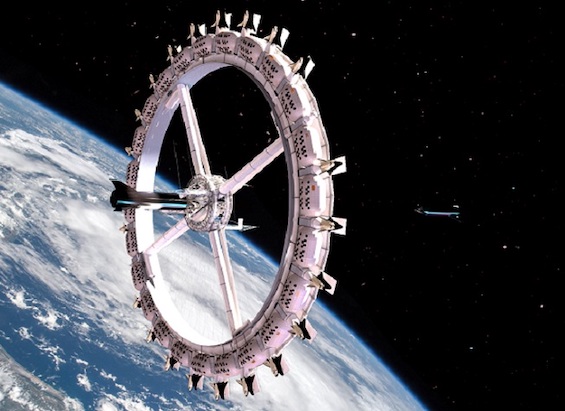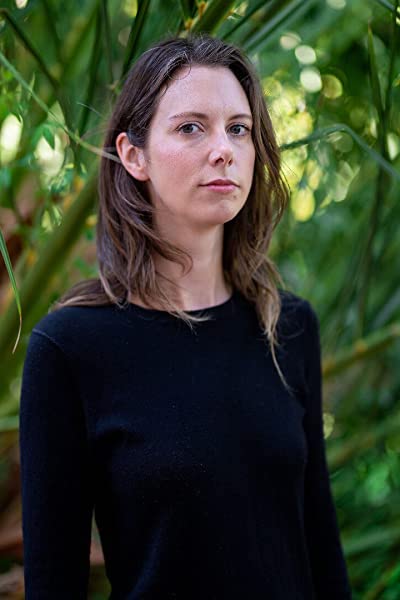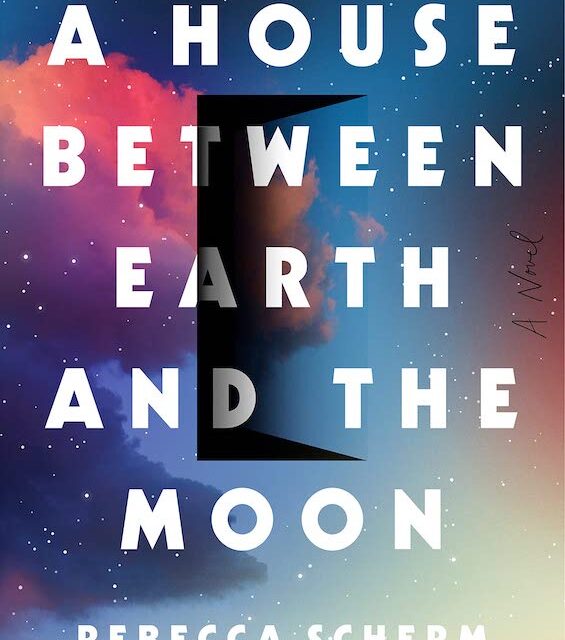
Here’s a thought-provoking novel set in the near future about a dozen billionaires who build a private space station in Low Earth Orbit. The architects of this dream project are two Korean-American sisters, Rachel and Katherine Son. They have advanced telephone technology by inserting phones in the ear and enabling silent person-to-person communication. Billions now wear their phones. With their immense wealth and billions more from ten others, they are building a small space habitat so they can flee the consequences of climate chaos and societal collapse. Novelist Rebecca Scherm’s A House Between Earth and the Moon is the intriguing story of the men and women who are building it.
Estimated reading time: 5 minutes
Life on Earth is a nightmare
Life on Planet Earth has become hell for billions. Climate change has gone amok. In the USA alone, “California was on fire nine months a year, half of Texas was flooded with mud, and the hurricanes that turned coastal towns into mulch no longer kept to any calendar.” From their perch 220 miles above the Earth, those on the private space station the Son sisters are building can view Earth in flames. “They saw the fire that burned for three weeks from Quito all the way down to Santiago, the fire that curled around the entire east coast of Australia, and twin lines of fire in northern and southern California that crept closer each day but did not meet.”
A House Between Earth and the Moon by Rebecca Scherm (2022) 400 pages ★★★★☆

A sprawling cast of characters
The Son sisters are both central characters in this tale. But they are among a large cast that includes the scientists sent to the private space station Parallaxis I:
- Microbiologist Alex Welch-Peters
- Irma Garcia, who “called herself a space gardener”
- Malik Cobb, who mines ice from the atmosphere to supply the station with water
- Mary Slivens, physician
- Teddy Rokeshar, a robotics engineer
- Psychiatrist Esther Fetterman
- Lenore Totten, who runs the 3-D fabricator
They’re all recognized leaders in their fields. And they’ve all agreed to come so they will be free to conduct pathfinding research in the sterile conditions of space. As a group, they call themselves Pioneers. They’ve joined two astronauts already in residence there. But the Pioneers find on arrival that their first responsibility is to build out the living space on Parallaxis under the astronauts’ direction. Not just their own, but that for the twelve billionaires who are destined to move there. And, soon, their lives will be further complicated when a mysterious psychologist named Tess arrives in the company of Rachel Son herself.
A character-driven tale
Scherm paints a convincing picture of the technology employed on Parallaxis. But her principal concern, and the heart of the novel, is the interaction among the people on the station. The scientists, the astronauts, and the Son sisters are all credible figures, and the relationships that grow among them are easy to relate to. And through Tess, the psychologist who arrives belatedly, we gain intimate access to their thoughts and feelings. Because Katharine Son has assigned Tess to head a project called Views that allows her to see the world through the eyes of her subjects. And her subjects are all the people on Parallaxis.
Is the story improbable?
Is any of this unlikely? Doubtless. Scherm sets her story in the early-to-mid 2030s, which strikes me as too soon to exhibit the catastrophic climate that seems to dominate daily life in the novel. The 2040s, 50s, or even the 60s seem more likely. But what about that space habitat? That may be a little less far-fetched.
Google the phrase “billionaires living off the grid,” and you’ll see the following headline: “50 Percent Of Silicon Valley Billionaires Are Prepping To ‘Ride Out The Apocalypse.’” While the authors of that article are self-interested promoters of survivalist living, it’s not too much of a stretch to imagine billionaires fleeing the Earth when some are already preparing to hole up on private islands and New Zealand hideaways. And there is, indeed, a serious proposal in the works for a 400-person space habitat in Low Earth Orbit from California-based Orbital Assembly Corporation, slated to open in 2030.
About the author

Rebecca Scherm has released little information about herself, other than that she lives in California with her family. On her website, she also discloses that “Some of my favorite things unrelated to books and writing are California native plants and ecology, praying mantids, the drink Corpse Reviver #2, fake fur, and my heating pad. I change this list whenever someone reminds me of it and I am embarrassed, and it only exists here at all because my bio is so short that it sometimes frustrates people.” Scherm is the author of two novels, of which A House is the more recent.
For more reading
This is one of the Good books about billionaires.
For more good reading, check out:
- These novels won both Hugo and Nebula Awards
- The ultimate guide to the all-time best science fiction novels
- 10 top science fiction novels
- Good books about space travel, including both nonfiction and fiction
- Seven new science fiction authors worth reading
- The top 10 dystopian novels
And you can always find my most popular reviews, and the most recent ones, on the Home Page.




























There is a Netflix series Called “Love, Death & Robots”. One episode is titled: “Three Robots: Exit Strategies”, which takes a humorous look at what happened to billionaires who tried to escape the coming environmental apocalypse.
Thanks, Andy. I’ll check it out.